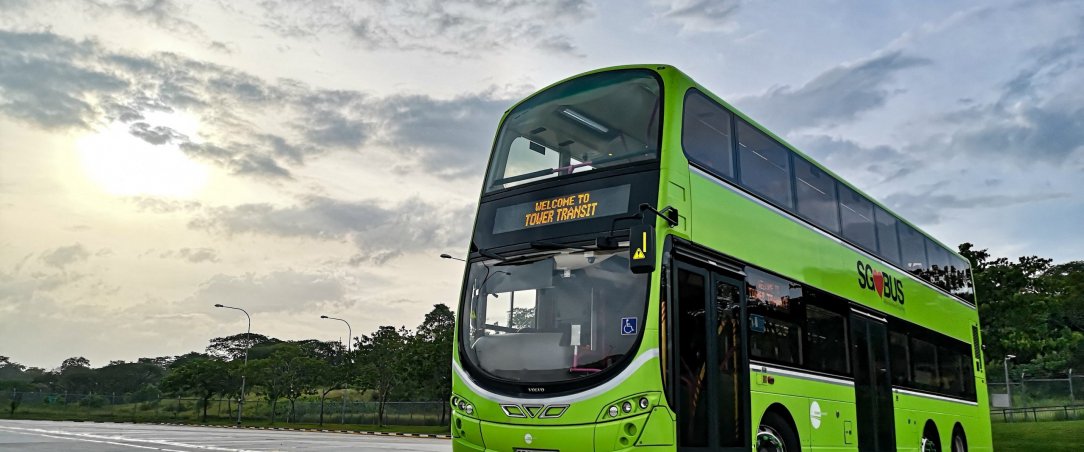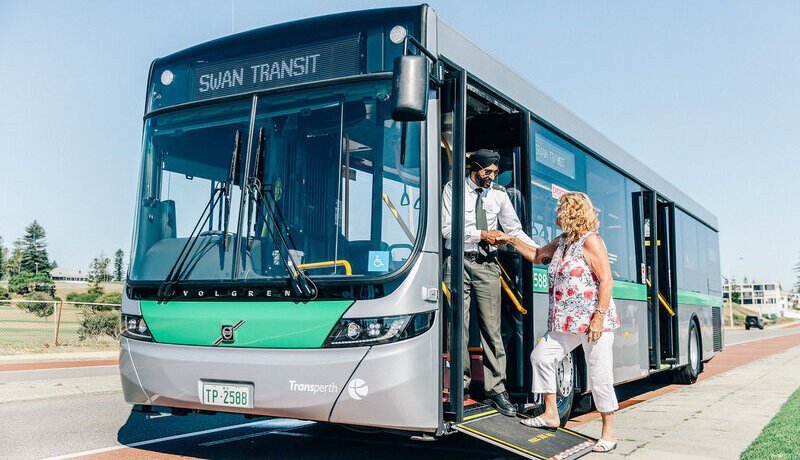
Tower Transit

GreenRoad’s digital tools help Singapore’s Tower Transit halve accidents and improve driving habits.
Our total accidents stemming from collisions fell by half, while accidents caused by bus drivers plunged by nearly 70%.
Stuart Thomas, Tower Transit’s Operations Director
THE CHALLENGE
Tower Transit, which began operations in the United Kingdom in 2013, landed a contract in Singapore in 2015 after winning the first package of bus routes tendered under the Government’s bus contracting model. Recognising that accident levels were too high, it deployed GreenRoad Drive™ and other GreenRoad tools in 2016, after using it successfully for about five years in London. The initial goal of the deployment was to reduce safety incidents, to improve fuel efficiency and to increase safety across the organization.
Soon after, the company introduced a rewards scheme for drivers. For each incident clocked on the GreenRoad device, they are awarded a point, and these points are measured against the number of hours they spend on the road.Those who score 20 points or lower get a bonus of $130 for the month.
THE SOLUTION
Tower Transit started installing an in-vehicle telematics device on the dashboard of all its buses.
Radio-frequency identification (RFID) tags issued to each bus driver connect to the telematics system as they start their journey.
The GreenRoad system continuously monitors and evaluates each driver’s driving style, and poor driving patterns are recorded on the device. A colour-coded panel in the bus flash red, amber or green, according to the driver’s driving patterns, alerting drivers to any instances of sloppy driving.
At the end of each trip, drivers are assigned a score based on the number of unsafe manoeuvres (braking, speeding, accelerating, cornering and lane changing) that they have carried out over the previous 10 driving hours. In addition, after completing each journey, the drivers can use a mobile app to check details such as the incident and location.
To incentivize safe driving over the long term, drivers are given monetary rewards and recognition.
THE Result
Less than a year after beginning to track and assess driving behaviour, Tower Transit’s safety incidents had been reduced by half compared to the number that they were reporting initially. Drivers with unacceptably high scores were sent for a refresher course to improve their skills, resulting in a sharp decline of ‘red’ or ‘high risk’ drivers from 15% to 2.
Approximately 80% of all incidents were due to braking events, while the rest included sudden acceleration, abrupt lane changes, sharp turns, and speeding.
Corresponding with this drop, the total number of accidents stemming from collisions fell by half in the same period, while accidents caused by bus drivers plunged by nearly 70%.
Having seen the scores we’re getting from our BCs (bus captains) here in Singapore just over the course of the last year, which are now doing better than those scores we’ve seen previously in London – that’s been really, really pleasing.
Stuart Thomas, Tower Transit’s Operations Director
Read the following article about Device on Tower Transit buses helps cut down bad driving habits, accidents.





